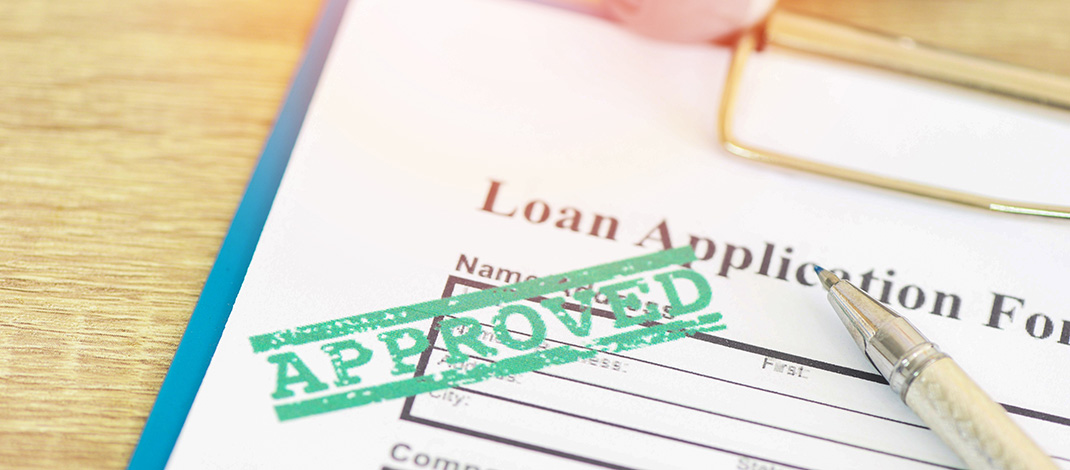By Deborah Jeanne Sergeant
Obtaining a business loan to help your company get going, grow or stay afloat during a tough time? Your chances of success rely on completing three steps.
1. Communication

Business owners should know what they need to present to the bank to apply for a loan.
“Small business owners can schedule time with their bank to discuss their needs for a loan and what documents are needed to secure one,” said Jim Shea, vice president and area manager with Chase Business Banking.
Some banks, such as Chase, have digital applications, which can both show what is needed to apply and hasten the turnaround time.
Developing a professional relationship with a banker can also help a business owner long-term.
“The submission of small business applications reached five million in 2022, just behind the 5.4 million applications filed in 2021 — the most popular year on record according to the U.S. Census Bureau,” said Kristyn M. Squires, head of small business banking and senior vice president at KeyBank. “Yet, cash flow is the main reason a small business fails, coupled with staff shortages, increased expenses and shrinking revenue streams.”
She said that a banker can help a business owner “uncover the solutions needed to grow and scale their business, whether related to material needs like financing or more topical issues, such as strategies for building a brand to create customer loyalty or improving employee experience to foster talent acquisition and retention in a tough labor market.”
2. Documentation
“Business owners will need to provide two years of their most recent financial or tax returns, interim financials, accounts receivable and credit application with all relevant information,” said Ron G. Tascarella, first vice president and chief lending officer with Pathfinder Bank in Oswego. “A small business owner should prepare details around the request and how it will impact the financial results.”
This can be different for a new business. Jeff Lord, Community Bank senior vice president and commercial banking sales manager, said that these should “prepare a reasonable and thoughtful business plan, working in conjunction with a local Small Business Development Council for guidance and assistance, that includes a two-year projected income statement and a projected balance sheet for the business after the loan closes.”
Their supporting documents should include a copy of the purchase contract for real estate transactions and invoices for equipment to be purchased, he added.
He also said that the business plan should show how the loan would affect the business and any assumptions made as a result of obtaining the loan. Like existing businesses, they should also present tax returns and financial statements. Since the business is new, those will refer to their personal finances.
3. Adjustment

If the bank denies the loan, it’s important to understand why. Lord said that business owners should discuss with the banker any changes or efforts that could help the business qualify.
“While the customer should receive some written form of communication outlining the reason, a conversation with their business banker becomes incredibly important,” said Jonathan Spilka, business banking business development manager for NBT Bank. “There often can be various reasons for receiving a declination and often your banker can provide valuable perspective and guidance to help you work through those in time. Your banker can also act as a great ongoing resource in this area and I suggest keeping that dialogue going as you progress and seek reapplication.”
Following each of the recommendations can raise the chances of a successful loan application.



